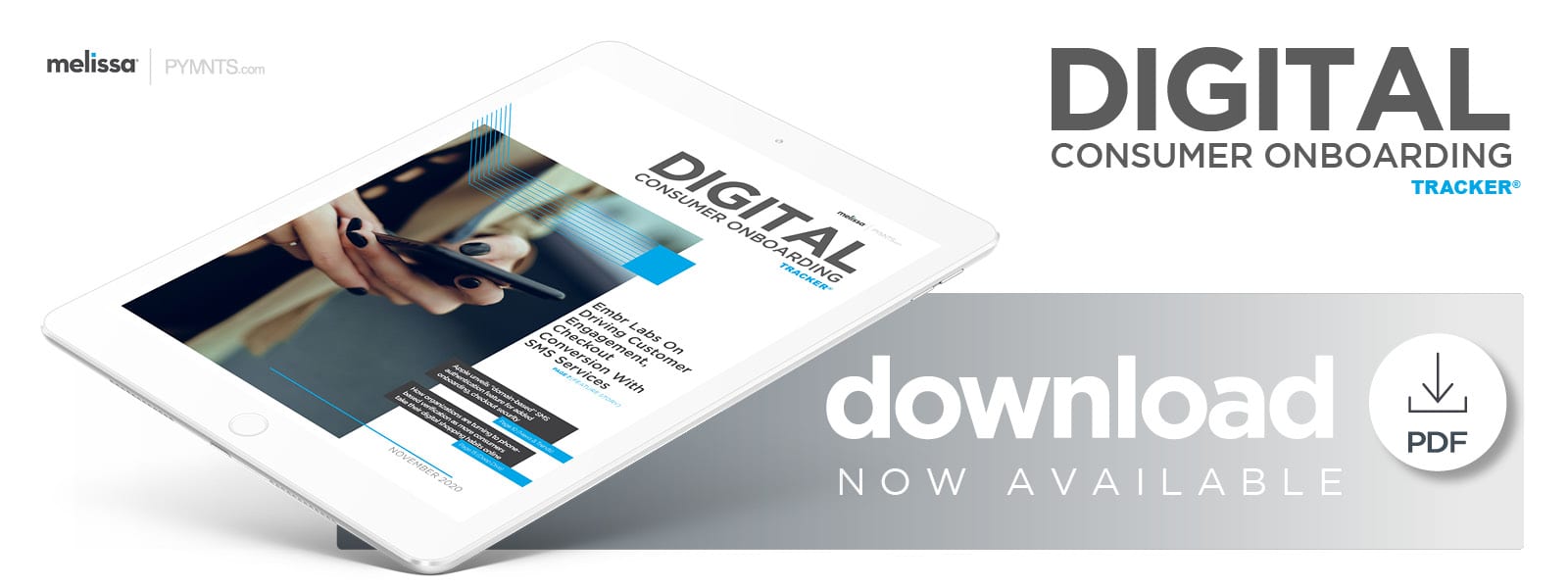Embr Labs On Driving Customer Engagement, Checkout Conversion With SMS Services
SMS-based communication is a valuable tool for everything from onboarding verification to customer outreach, but one that just 39 percent of merchants use today. Sam Shames, co-founder and chief operating officer of wearable technology startup Embr Labs, explains the value of using SMS services to authenticate, engage and convert consumers in this month’s Digital Consumer Onboarding Tracker.
More businesses are making moves to add text messaging services to their customer engagement and checkout conversion toolkits — and for good reason. Research indicates that 98 percent of consumers open and read their text messages, unlike marketing emails, which can easily get buried or fall into spam folders. This advantage highlights a massive missed opportunity: 61 percent of marketers still do not deploy text messages.
The chance to have customers’ immediate attention is also possible through SMS, as typically 90 percent of such messages are looked at within three minutes. Text messages are an increasingly effective way to engage with customers, provide order updates, offer mobile coupons and share marketing pitches — ultimately driving revenue growth.
One company using SMS to reach its customers is Boston-based thermal wellness startup Embr Labs, whose name is derived from an acronym for “environment, mind, body and resonance.” The company produces the Wave bracelet, which harnesses thermal sensations to deliver natural therapies and promises to cool or heat wearers with the press of a button. The wearable Apple Watch-like device and coordinating app allow users to essentially trick their brains into controlling their body temperatures, also helping to regulate the body to more easily drift off to sleep.
The wearable technology can warm or cool the body like holding a cup of hot chocolate or iced tea, according to Embr Labs’ co-founder and chief operating officer, Sam Shames. The bracelet, originally named Wristify, was born out of necessity at MIT’s Department of Materials Science and Engineering.
“We were in a lab space that was consistently over-air-conditioned, and it forced us to wear sweatshirts,” Shames said in a recent interview with PYMNTS. “I just said, ‘Man, there’s got to be a better way. Why can’t we cool ourselves directly?’ And we came up with the idea as we brainstormed. It was really driven by the belief that temperature can be a tool to help people feel better and live better.”
Shames said the Wave serves a range of demographics, but its core userbase has turned out to be women between the ages of 45 and 65 who are menopausal or have sleeping issues.
“They’re in the prime of their lives, and they don’t want to let things like hot flashes or trouble sleeping slow them down,” he said.
How text messaging helps fuel growth
Shames said Embr Labs’ strategy of text messaging to reach its customers came after its sales data revealed a majority of orders were being made from mobile devices. He said the finding motivated the team to provide customers with a more intuitive, simple way to communicate.
“Getting a text message with information is just fundamentally easier on your phone than email,” Shames said. “Ultimately, our North Star is the customer, and [we listen] closely to them.”
Embr Labs embraced text messaging as a way to more personally connect with consumers and help improve the checkout experience, counter cart abandonment and drive sales. Embr Labs will text customers who have abandoned carts recently with a promotion to entice them to complete their purchases.
Embr works with a third-party messaging provider to leverage not only text messaging customer service but also machine learning and artificial intelligence that offer customer insights.
“They invite customers who want the option to communicate with us through SMS,” Shames said. “Through that kind of market intelligence, we’re able to provide special offers and identify things we can do to make the experience easier.”
SMS adoption to expand
SMS’s range of benefits means that merchants’ use of it for customer outreach is expected to grow in popularity. Global spending on SMS marketing is projected to be $83 billion by 2024. A recent research report also predicts that consumers will get more texts next year than ever before, with volumes increasing by 40 percent as brands strive for more direct relationships with customers amid the COVID-19 pandemic’s economic fallout.
Consumers have relied more on online and mobile commerce since mid-March, so increasing communication budgets and engaging consumers via text message is a natural next step for companies like Embr Labs and merchants within the retail and technology spaces at large.
